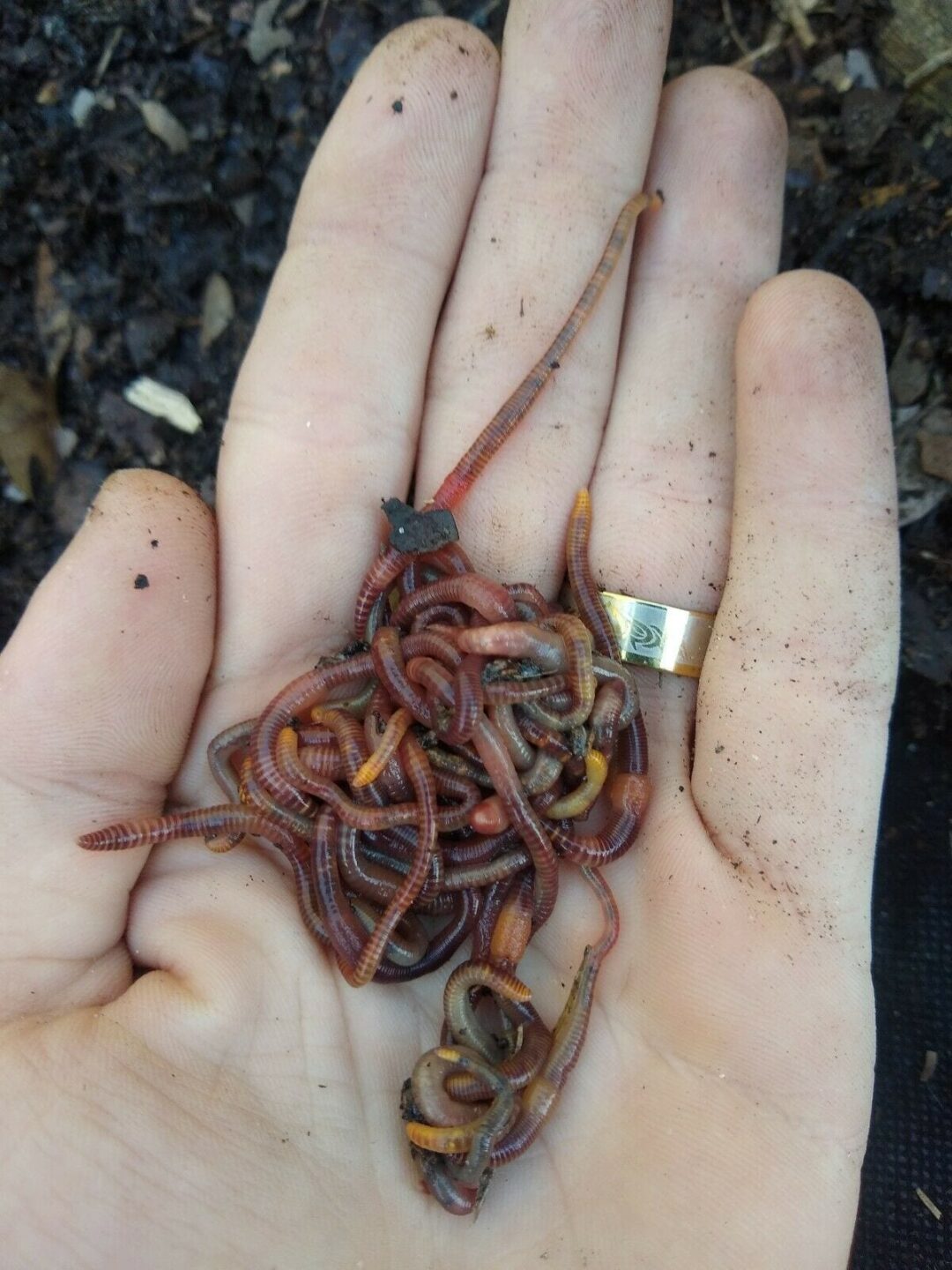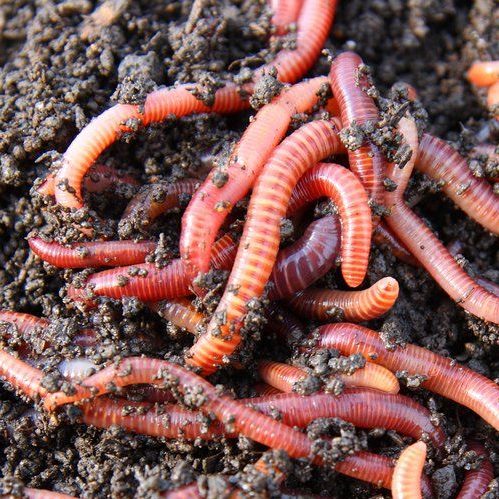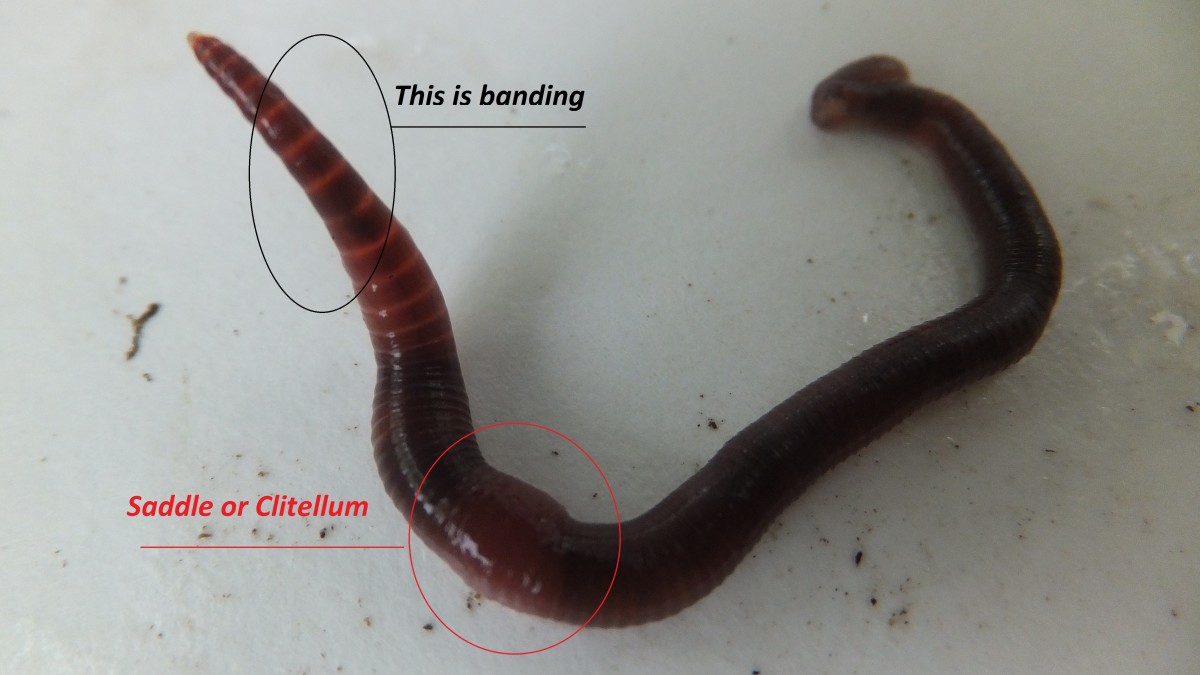Red Wigglers: The Unsung Heroes of Organic Waste Recycling
Red wigglers, or Eisenia fetida, serve as crucial agents in the natural waste recycling process, changing disposed of materials into beneficial vermicompost. As the world increasingly looks for options to fight waste accumulation and boost farming productivity, recognizing the duty of these worms ends up being important.
What Are Red Wigglers?
The remarkable strength of red wigglers, clinically known as Eisenia fetida, emphasizes their important role in natural waste recycling. These tiny, reddish-brown earthworms are typically discovered in decomposing raw material, such as compost heaps and manure loads. Lake Hickory Bait. Unlike other earthworm types, red wigglers thrive in nutrient-rich atmospheres and are highly reliable at breaking down natural products, making them important for vermicomposting

(Lake Hickory Bait)In enhancement to their function in waste reduction, red wigglers add to dirt health by improving soil framework and oygenation via their burrowing activities (Lake Hickory Bait). Their existence in composting systems not just boosts decomposition rates but likewise advertises a sustainable method to waste administration, highlighting their importance in ecological conservation efforts
Benefits of Composting With Worms
Composting with worms, especially red wigglers, provides numerous advantages that enhance both waste administration and soil wellness. These worms efficiently damage down natural waste, transforming it right into nutrient-rich vermicompost that improves dirt. This procedure speeds up decay, enabling for a quicker recycling of kitchen area scraps and other organic materials contrasted to typical composting approaches.
In addition, the vermicompost created by red wigglers is bursting with helpful bacteria, which assist improve soil structure, aeration, and dampness retention. This improves the general health of plants, advertising strenuous growth and enhanced returns in yards and agricultural settings. In addition, making use of worms in composting lessens the production of greenhouse gases, such as methane, adding to a much more sustainable waste monitoring system.

How to Begin Vermicomposting
Developing a vermicomposting system is an uncomplicated procedure that can yield significant benefits for both waste administration and dirt enrichment. To start, pick an ideal container, such as a plastic container or wood box, with adequate ventilation holes to guarantee appropriate air flow. The dimensions must preferably be about 2 feet by 3 feet, enabling adequate room for the worms to grow.
Following, prepare bed linens product, which can include shredded paper, cardboard, or coconut coir. This bed linens needs to be dampened to develop an appropriate environment for the worms. Once the bedding is in area, present red wigglers (Eisenia fetida) right into the container, commonly around one extra pound of worms for every single square foot of surface.
Adhering to the placement of worms, add natural waste, such as fruit and vegetable scraps, coffee premises, and crushed eggshells. With these steps, you will properly initiate a vermicomposting system that contributes to lasting waste administration and enhances your dirt.
Keeping a Healthy And Balanced Worm Container
(Red Wiggler Express)Maintaining a worm bin growing calls for regular focus and like guarantee the health and wellness of the red wigglers and the effectiveness of the composting process. Appropriate upkeep begins with keeping an eye on the moisture degrees; the bin needs to perspire but not waterlogged. A good general rule is to maintain an uniformity similar to a wrung-out sponge.
Gently mixing the bed linens and food scraps next page every couple of weeks protects against compaction and guarantees that all worms have access to oxygen. Additionally, it is essential to feed the worms suitably.
Temperature level policy is an additional vital aspect. Red wigglers grow in an array of 55 to 77 levels Fahrenheit. If the container ends up being as well hot or chilly, the worms might become worried - Lake Hickory Bait. Finally, regularly inspect for indications of health and wellness, such as worm populace growth and the presence of healthy and balanced spreadings. By diligently taking care of these variables, one can preserve a robust and effective worm bin.
Influence on Lasting Living
The effective maintenance of a worm container not just profits the health of red wigglers but additionally adds substantially to lasting living practices. By reusing organic waste, such as kitchen area scraps and lawn debris, red wigglers aid draw away significant amounts of product from land fills. This decrease in waste not just decreases greenhouse gas discharges however additionally decreases the environmental concern linked with waste administration.
Furthermore, the castings generated by red wigglers act as a nutrient-rich natural fertilizer, boosting dirt wellness and advertising plant growth. This natural alternative to chemical plant foods sustains sustainable agriculture and gardening methods, decreasing reliance on artificial inputs that can hurt ecosystems. In addition, worm composting fosters recognition of waste management, encouraging individuals and neighborhoods to take on even more sustainable habits.

Verdict
In summary, red wigglers act as crucial factors to natural waste reusing through their effective decay of natural products. Their capacity to generate nutrient-rich vermicompost boosts dirt wellness and sustains lasting farming techniques. By incorporating vermicomposting right into waste monitoring strategies, individuals and communities can considerably decrease waste while promoting environmental sustainability. The role of Eisenia fetida in fostering healthy ecosystems underscores the importance of these organisms in achieving lasting living and boosting dirt fertility.